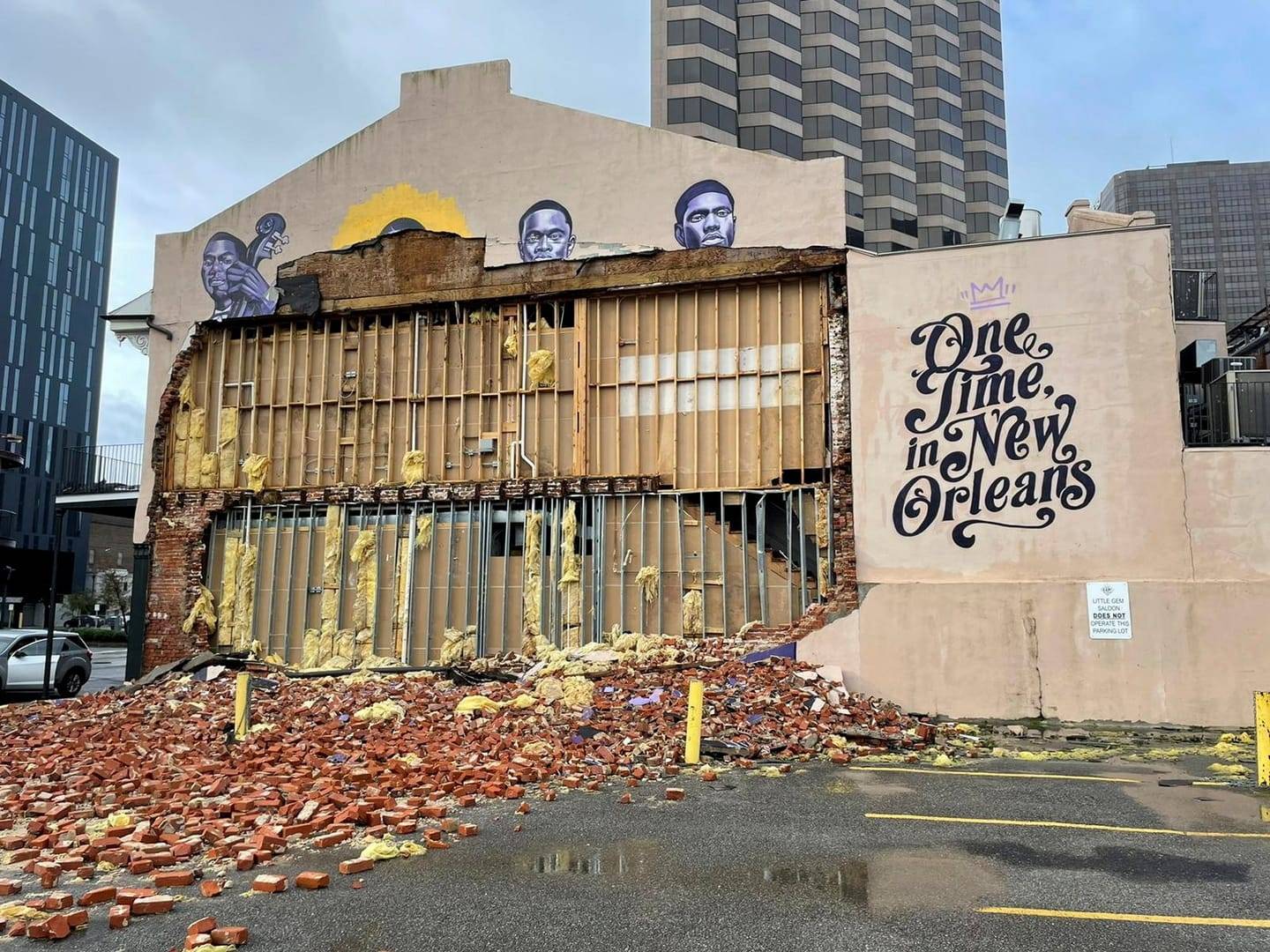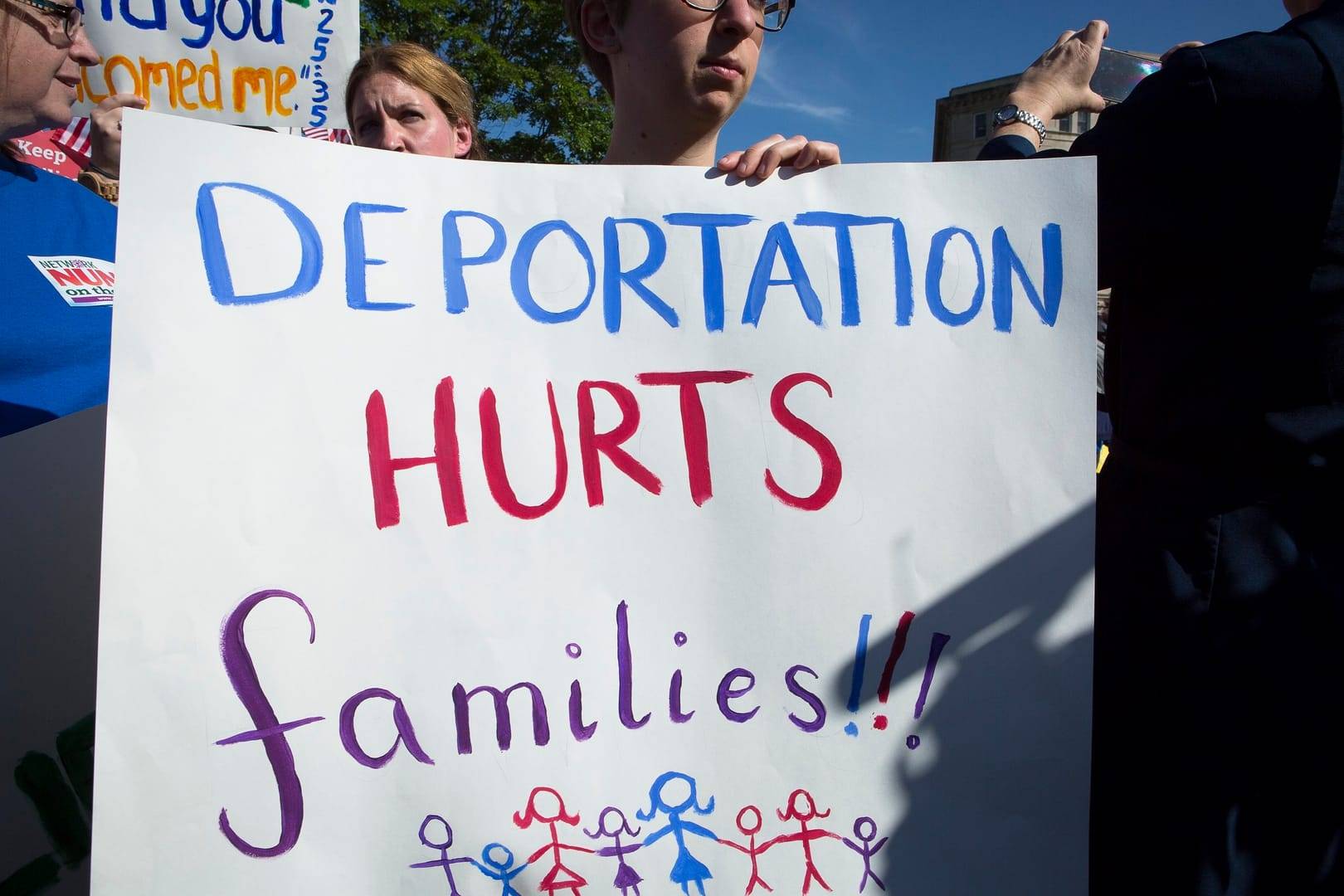During his trip to Colombia, Pope Francis will visit Sept. 10 the home and shrine of St. Peter Claver, a Spanish missionary priest and fellow Jesuit who is the patron saint of Colombia.
While there, Francis will pray the Angelus and give his typical weekly address, as well as venerate the saint’s tomb and bless a homeless shelter.
Because both men are Jesuits who have advocated for social justice and for the poor and marginalized, many suspect that this visit will be personally significant to the pope as well as meaningful for Colombia.
Pope to Colombia: ‘You’re not alone’ in search for peace
Peter Claver was born in 1581 to a devout farming family in the Catalonia region of Spain.
He attended the University of Barcelona as a young man before joining the Jesuits at the age of 20.
During his studies as a novice, Claver met and developed a friendship with Alphonsus Rodriguez, an older lay Jesuit brother who performed menial work but was renowned for his holiness and insight. Eventually Rodriguez told Peter that he felt God was calling Peter to the colonies of New Spain in the Americas. Leo XIII would later canonize both men on the same day, almost two centuries later.
Taking the advice of Rodriguez, Claver volunteered for the new colonies, and arrived in Cartagena, a port city in present-day Colombia, in 1610. He continued his studies there and was ordained a priest in Cartagena in 1615.
By that time, the African slave trade had already been in place for several decades in the Americas, for which Cartagena was a major hub. While there, Claver witnessed the cruelty with which the slaves were treated firsthand.
Moved by their suffering, Claver resolved to work to bring both bodily and spiritual aid to the slaves, vowing to be “the slave of the slaves forever.” Despite his own health problems and the language barrier between himself and the constantly-arriving slaves, Claver threw himself into this vocation with great vigor.
As soon as a slave ship would enter the port, he would meet it in the harbor and board the ship to care for the terrified and poorly treated passengers on board, who had made the journey from Africa in diseased and cramped conditions over the course of several months. His first priority was to tend to the sick, and to baptize those in immediate danger of death.
He would also travel the countryside from plantation to plantation, visiting the slaves and tending to both their physical and spiritual needs.
“We must speak to them with our hands,” he once said, “before we try to speak to them with our lips.”
When it came to catechesis, because of the language barrier, Claver often used pictorial representations of the truths and biblical stories he was teaching.
True to his vow of being a slave for the slaves, Claver allowed himself minimal amounts of food and sleep. His holiness led to several miraculous occurrences even while he was still alive – such as instances when he healed the sick with the touch of his cloak, or appeared surrounded by a supernatural light during his hospital visits.
Some Spanish royal officials took notice and were impressed by Claver’s work, making their own contributions toward the relief and religious education of slaves. Others found his work bothersome, and many Spanish expatriates in the New World refused to enter the same church or confessional as the slaves the Jesuit was serving.
After suffering from poor health for some years, Claver was struck with a severe fever and died Sept. 8, 1654. He had baptized and taught the faith to more than 300,000 slaves during his forty years in Colombia.
St. Peter Claver was canonized in 1888 by Leo XIII, along with Alphonsus Rodriguez. He is the patron saint of Colombia, slaves, missionary work to Africans, and seafarers.
His feast day is Sept. 9, which was also declared by Colombia as a National Day of Human Rights in his honor.
The legacy of St. Peter Claver is strong in the United States as well, where in the early 20th century the Knights of Peter Claver were founded in his honor in Mobile, Alabama.
The group was founded in 1909 as a Catholic fraternal society for men of color at a time when racism in some parts of the South prevented them from joining the Knights of Columbus, another Catholic fraternity.
The Knights of Peter Claver were founded with the goals of supporting various parish, diocesan and community objectives, including serving the poor, creating Catholic community and forming youth. They have worked alongside the National Urban League and the National Association for the Advancement of Colored People for the advancement of civil rights.
RELATED: U.S. bishops’ anti-racism point man calls for day of prayer on feast of St. Peter Claver
The Knights eventually opened auxiliary and junior divisions for women and for young people, and membership is open to people of all races and ethnicities. It is the largest historically African-American Catholic lay organization in the United States.
The body of the saint is kept and venerated in the shrine of St. Peter Claver in Cartagena, which Pope Francis will visit on Sunday Sept. 10, one day after the saint’s feast day.
At the shrine, Francis will pray the usual Angelus prayer followed by an address, and he will also venerate the tomb.
While the overall theme of the pope’s trip to Colombia is focused on peace and reconciliation, the visit to Claver’s shrine could be an opportunity for the pope to talk about modern-day slavery such as human trafficking, issues of race, care for the poor and reaching people on the peripheries of the Church.















